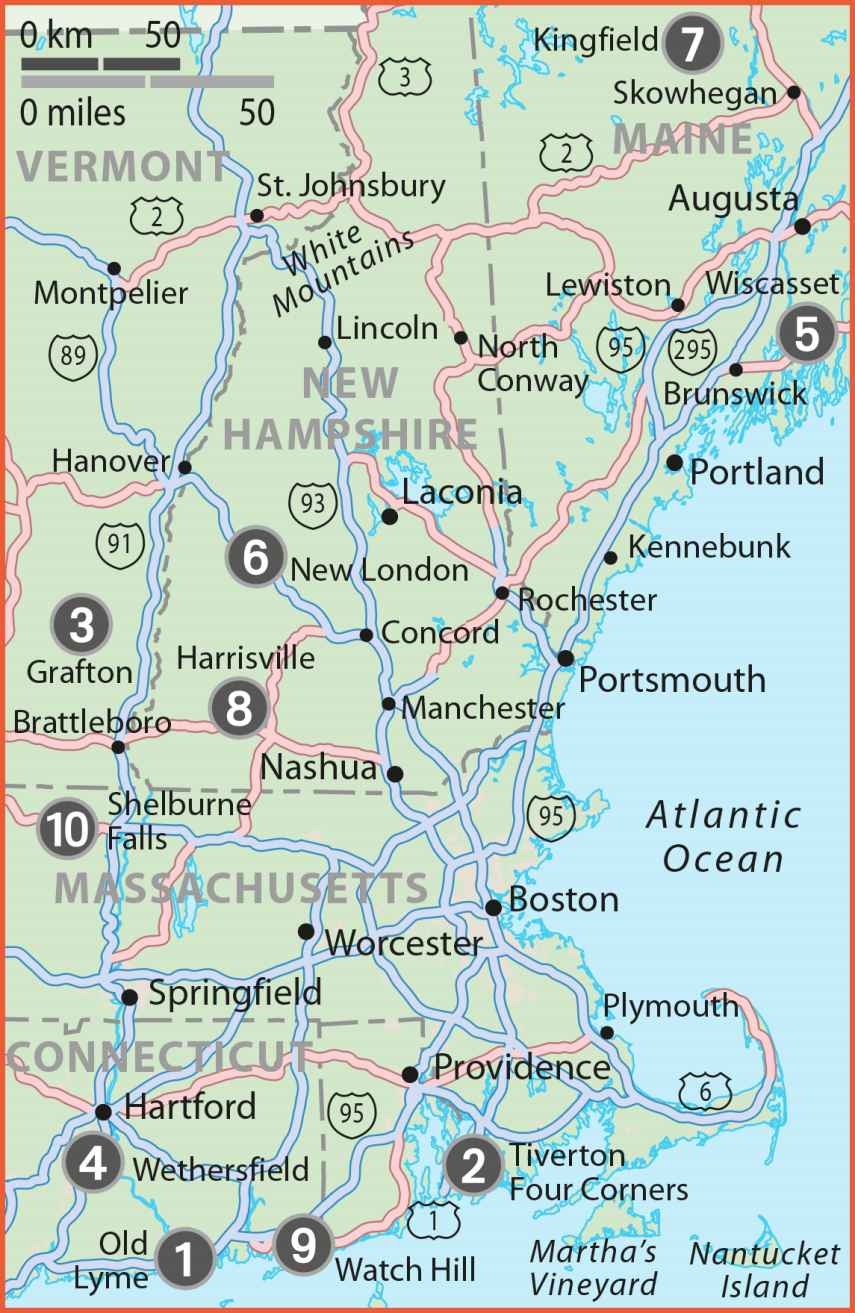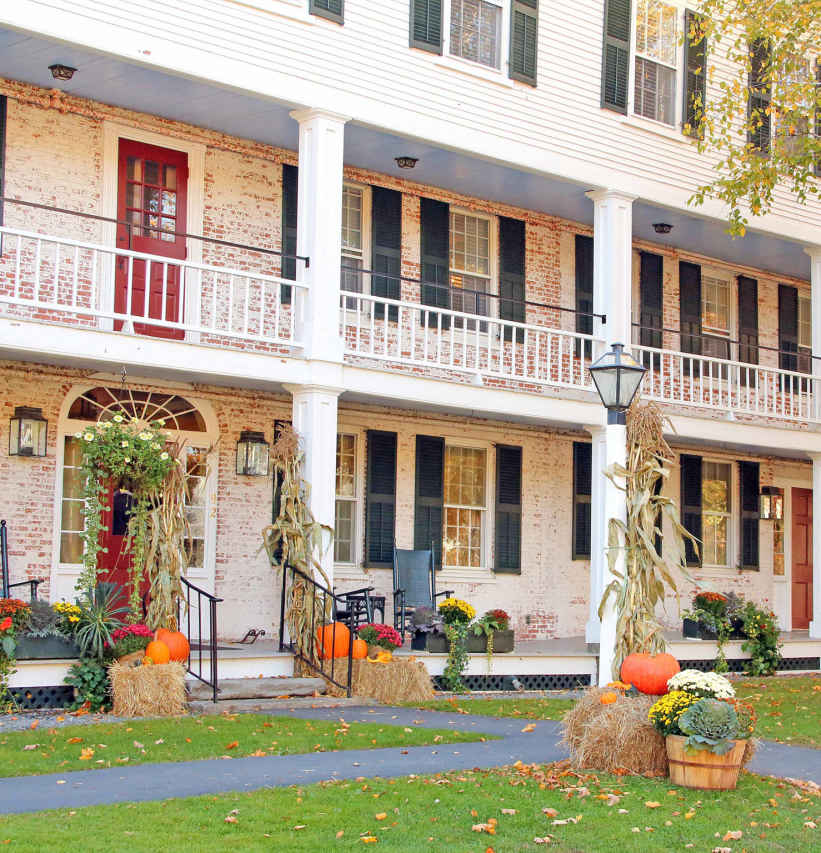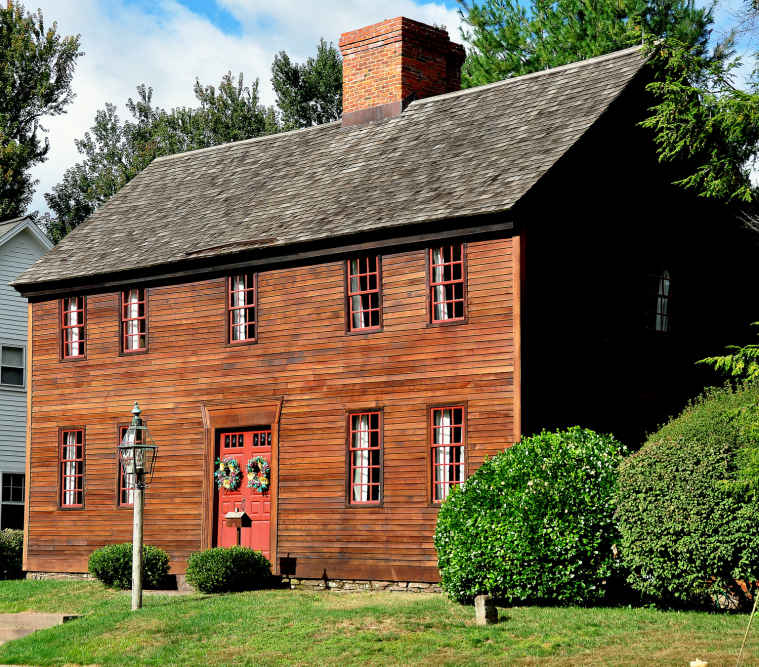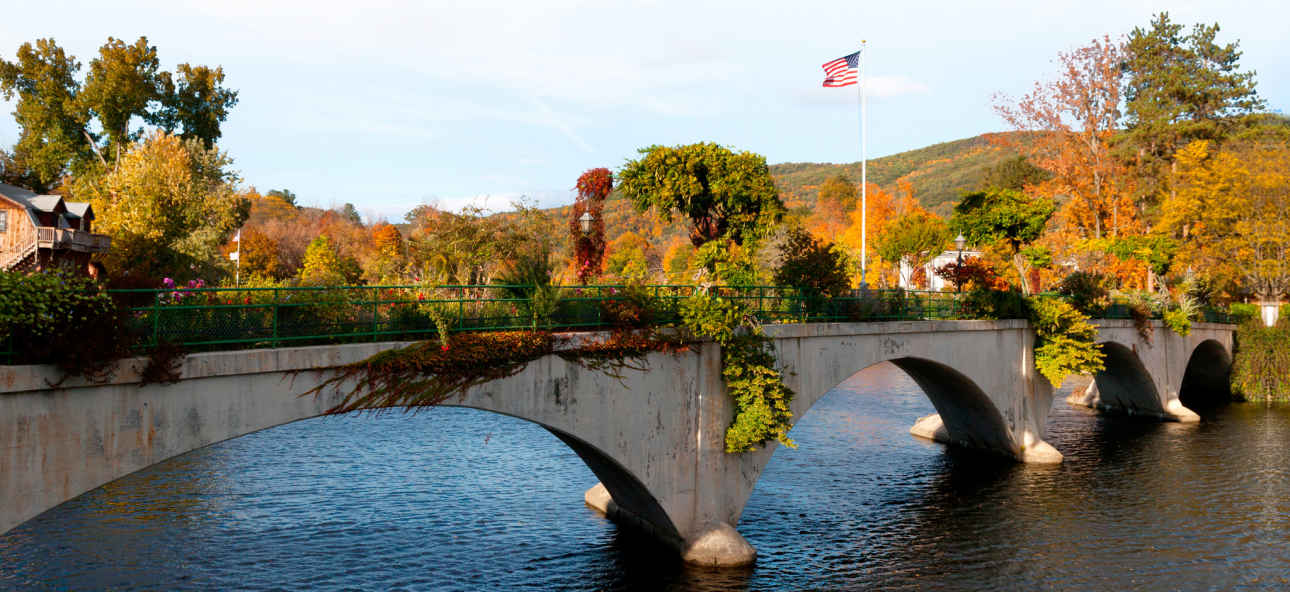VILLAGES

1. Old Lyme, CT
If Old Lyme was not actually the cradle of American Impressionism, it was at least the art movement’s summer camp from 1899 into the 1930s. Surprisingly little of either the landscape or the town has changed since that artistic heyday. Unlock the history with a visit to the Florence Griswold Museum , where many of the artists lodged.
2. Tiverton Four Corners, RI
The crossroads at the center of rural Tiverton on the east side of Narragansett Bay is filled with boutiques, antiques shops, and art galleries set in largely 18th-century buildings. The surrounding countryside is noted for its handsome historical stone walls and pastoral landscapes. The town also boasts an outstanding ice-cream stand, an excellent bakery, and a gourmet shop featuring local products (for further details see Tiverton/Little Compton ).
3. Grafton, VT
This genteel village bunched around a 200-year-old tavern epitomizes rustic Vermont charm. Grafton Village Cheese Company makes top Vermont cheddars.

Entrance to the old tavern, Grafton
4. Wethersfield, CT
 Webb-Deane-Stevens Museum • 211 Main St, Wethersfield, CT • 860 569 0612
• open May–Oct • adm •
www.webb-deane-stevens.org
Webb-Deane-Stevens Museum • 211 Main St, Wethersfield, CT • 860 569 0612
• open May–Oct • adm •
www.webb-deane-stevens.org
Founded in 1634 as one of the three original settlements in Connecticut, Wethersfield remains an enclave of some of the most striking Colonial structures in the country – although architecture buffs can get equally excited about the distinctive early 20th-century Hubbard Bungalows. A visit to the three 18th-century homes of the Webb-Deane-Stevens Museum provides visitors with an interesting insight into the roots of the Colonial Revival movement in American style (for further details see Wethersfield ).

Colonial architecture, Wethersfield
5. Wiscasset, ME
 Nickels-Sortwell House • 121 Main St, Wiscasset, ME • 207 882 7169
• open Jun–mid-Oct • adm •
www.historicnewengland.org
Nickels-Sortwell House • 121 Main St, Wiscasset, ME • 207 882 7169
• open Jun–mid-Oct • adm •
www.historicnewengland.org
A thriving shipbuilding town in the 18th and 19th centuries, Wiscasset immodestly claims to be the “prettiest village in Maine.” With baronial sea captains’ homes that define the Federal style, a charming waterfront, and a generous sprinkling of boutiques and restaurants, it just might be. The 1807 Nickels-Sortwell House, built for a wealthy ship owner, recaptures Wiscasset’s glorious past (for further details see Wiscasset ).
6. New London, NH
Without the overhead power lines and asphalt on the roads, New London would look as if time had stopped around 1850. Home to Colby-Sawyer College, a prestigious liberal arts school, New London bustles during the summer as the shopping and dining center for Lake Sunapee vacationers; another draw is the Barn Playhouse’s summer stock theater season.
7. Kingfield, ME
 Stanley Museum • 40 School St, Kingfield, ME • 207 265 2729
• open year round • adm •
www.stanleymuseum.org
Stanley Museum • 40 School St, Kingfield, ME • 207 265 2729
• open year round • adm •
www.stanleymuseum.org
Gateway to the Sugarloaf ski resort, this characterful mountain village is a favorite with outdoors enthusiasts. The Stanley Museum chronicles the achievements of twin native sons Francis Edgar and Freelan Oscar Stanley, best known for inventing the steam-powered Stanley Steamer cars. Their sister Chansonetta’s documentary photographs capture rural life.
8. Harrisville, NH
This charming New England mill village has revived the production of yarn and textiles using water power. Picturesque structures include the 1838 general store, historic brick mills, and several wooden workers’ cottages. It is the only early 19th- century industrial community in New England still perfectly preserved in its original form. Keen knitters will want to visit the yarn factory and shop.
9. Watch Hill, RI
The gingerbread architecture of Westerly’s seaside village of Watch Hill reveals its Victorian roots – there’s even a Victorian tea shop – but sport fishermen come here for the perfect confluence of surf and shoreline currents (for further details see Watch Hill ).
10. Shelburne Falls, MA
Many artisans, musicians, and Sixties counterculture holdouts make their homes in this quirky village on the Mohawk Trail . Cross the Deerfield River – which divides the town – on the Bridge of Flowers, a former railroad trestle heavily planted in blooms. The geological curiosity of glacial potholes scoured by a natural falls made the spot famous centuries ago.

Bridge of Flowers, Shelburne Falls


